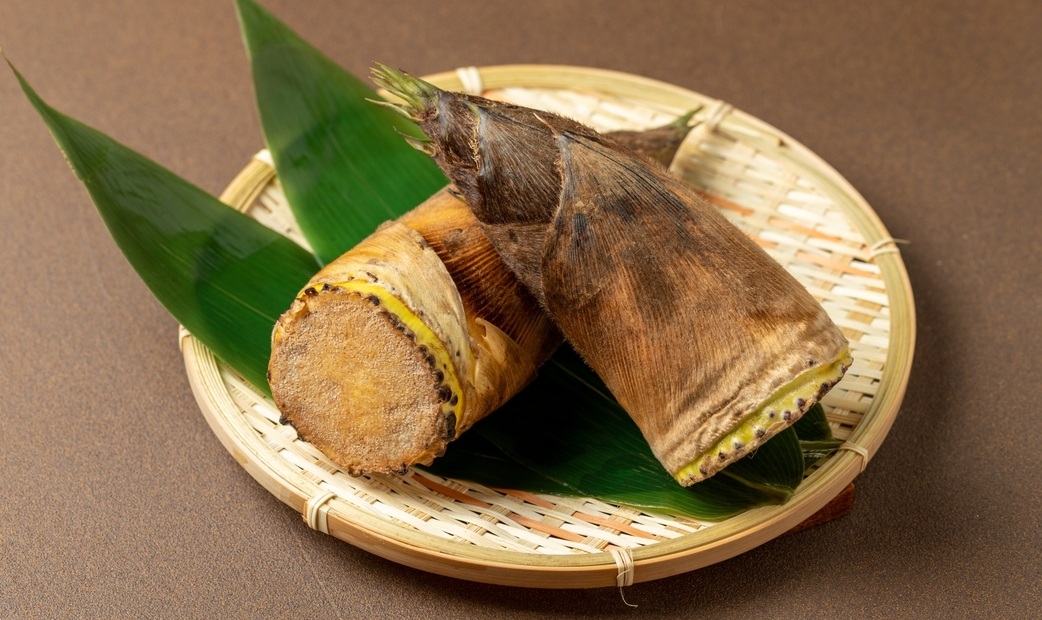
Seasonal Ingredients of Japan: Spring and Early Summer
The iconic ingredients of Japanese spring and Early summer, introduced by gourmet expert and Michelin Guide partner, Omakase.
Though February 2/3rd, Setsubun, is considered the season's traditional start, whispers of warmer weather hit Tokyo from Early to Mid-March.
For generations, the mountainous terrain of Japan's main island has been a source of sustenance and ritual. In particular, spring brings with it a list of seasonal ingredients that can only be enjoyed this time of year.
Discover Japan's indiginous flavours and unique seasonal cuisine in detail with this guide to Spring and Early Summer's iconic ingredients.
Vegetables and Plants
Spring and Early summer are dominated by sansai, meanining mountain vegetable. The term may have been adopted during the Edo period, where persistent famine drove families to foraging. In the 1980s, sansai were adopted for cultivation from the Northernmost Kanto region up to Hokkaido. Much of the cultivation of sansai is performed in the Tohoku region. Despite the adoption of commercial farming for these seasonal delicacies, sansai remain married to the first half of the year. Farmed varities begin to appear as early as late December while naturally occuring sansai are most common from mid-late March and into May. Of course, the introduction of western vegetables has also influenced Spring's seasonal cuisine. Asparagus, peas, and imports increasingly appear on menus and supermarket shelves as Japanese palates expand.
Fuki No Tou (Young Butterbur)
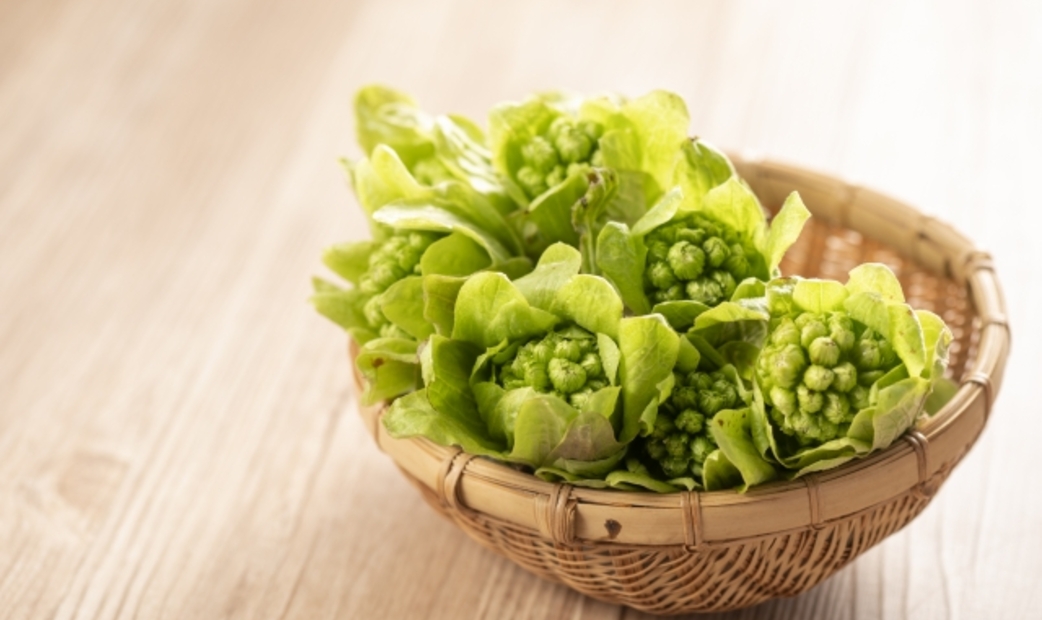
A sansai or "mountain vegetable", Fuki no tou are butterbur sprouts. With centers that resemble tightly clustered brussels sprouts with frilly outer petals, these bright green, young plants are eyecatching in the undergrowth. They are traditionally foraged plants, making them extremely seasonal. They are earthy and bitter, with a unique flavor. Fuki no tou are sometimes preserved as fukimiso, a melange of miso and fuki paste or mince. The salty, bitter, herbal flavor is delicious with rice and popular with Japan's older generation. Fuki no tou are, like many sansai, particularly tasty as tempura.
Take no ko (Bamboo shoots)
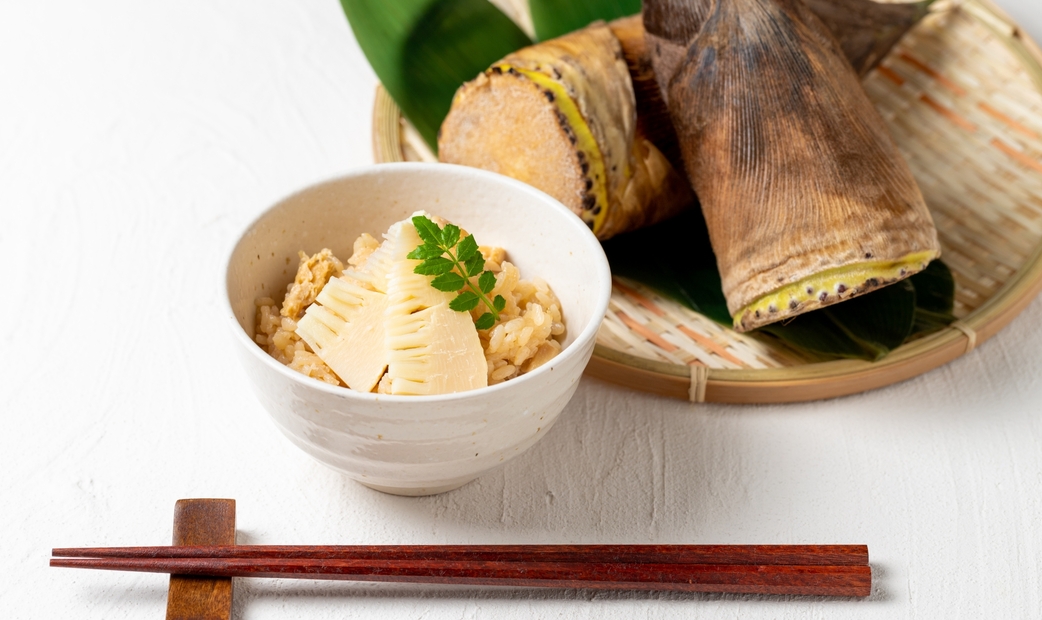
Bamboo shoots. Take no ko, literally "child of bamboo," are actually a biannual harvest. They are preserved as menma, marinated strips common in Chinese/chuuka cuisine and ramen. Take no ko can also be kept fresh in water for long periods of time and are sold canned and bagged in supermarkets. In fine dining, takenoko are included in shirumono (brothy soups) and takikomi gohan as an ingredient boiled and steamed together with rice and other ingredients for the final course. High quality take no ko are typically not fiberous, but fresh and yielding with flexible flesh. Their elegant shapes are distinctly architectural, making them appealing candidates for various knife techniques.
Beans

Soramame and Snap endo, fava beans and snap peas respectively, feature prominently in casual eateries during spring. Soramame in particular are served skin-on as drinking snacks in izakaya after being boiled in salt water or dashi. Snap peas are often used in salads and appear frequently in bistros, cafés, and other Western-style restaurants. During this time, peas also become available and may be used in takikomi gohan or pureed into sauces and soups.
Gyoja ninnik (Japanese Ramps)
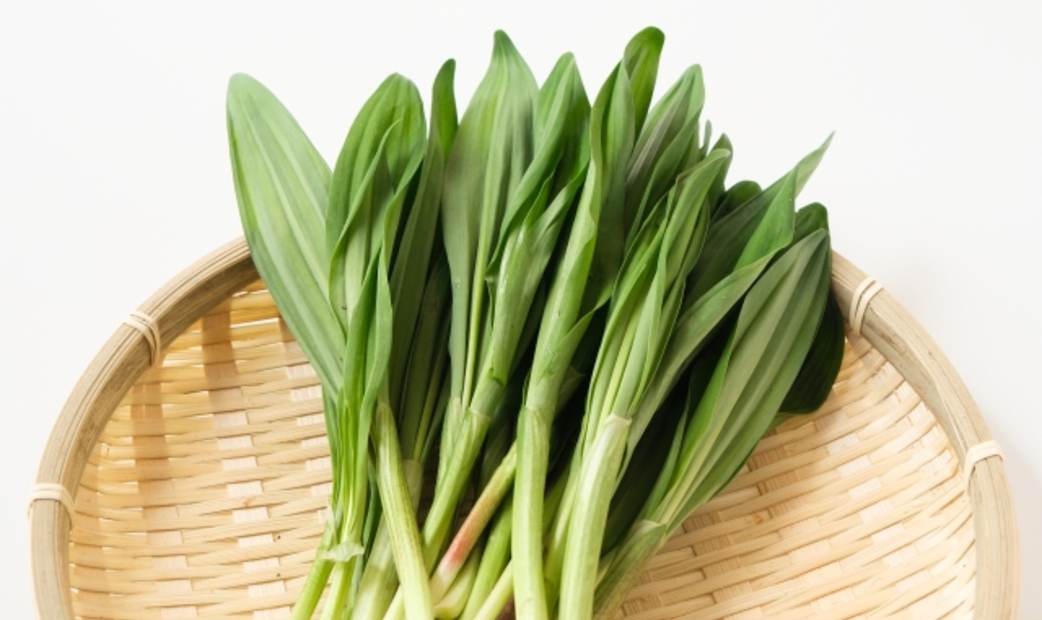
Gyoja ninniku, Japanese ramps, Ainu negi and kitobiro are all names used for these wild plants. Ramps are found across Europe and North America and are a prized seasonal delicacy there, as in Japan, for their oniony-garlicky fragrance. Japanese ramps are somewhat different, often with lovely purple-white stalks. The flavor is very similar to the western variety, but its use in sauces and yoshoku/western cuisine has not caught on as much as it has overseas. Instead, as a sansai variety, it still features in washoku and occaisonally as pestos or preserves. In Ainu cuisine, they are called kitobiro and are served minced and folded into rice or a variety of other preparation styles. They are known for being farmed in Hokkaido.
Asparagus
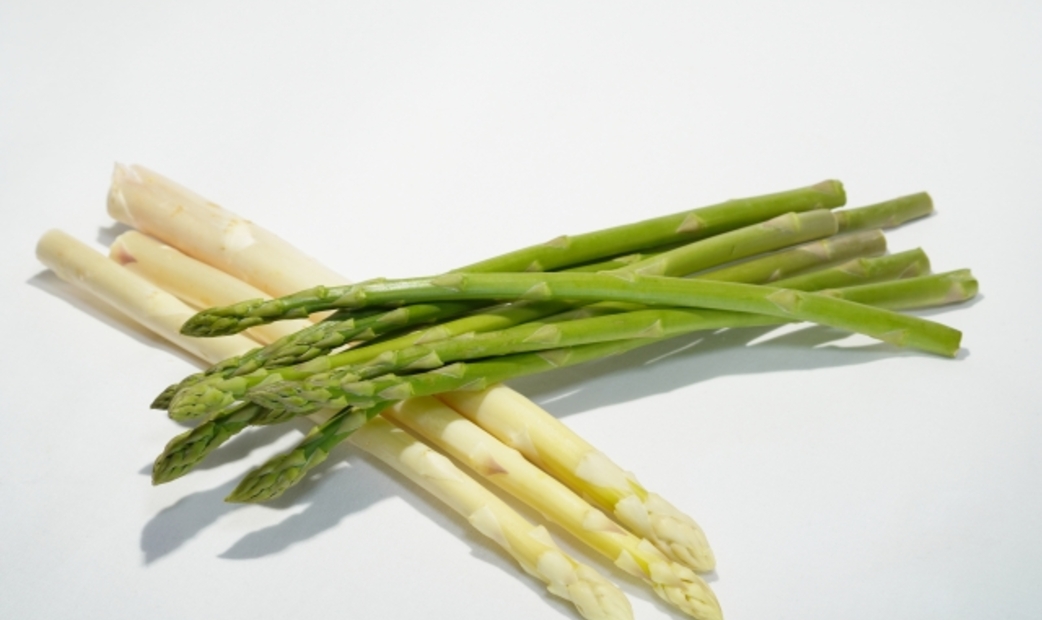
Asaparagus, in particular white asparagus, is a common sight on spring-time tables. The fatter the better, with a single large-circumference spear of white asparagus dressed in butter sauce fetching over 1000 yen in some bistros. Asapagus use remains rooted in Western and western-influenced cuisine, though it may make appearances gently steamed in washoku. Green asapargus is also a lower-cost but popular ingredient that appears around the same time.
Tara no Me (Angelica Sprouts)
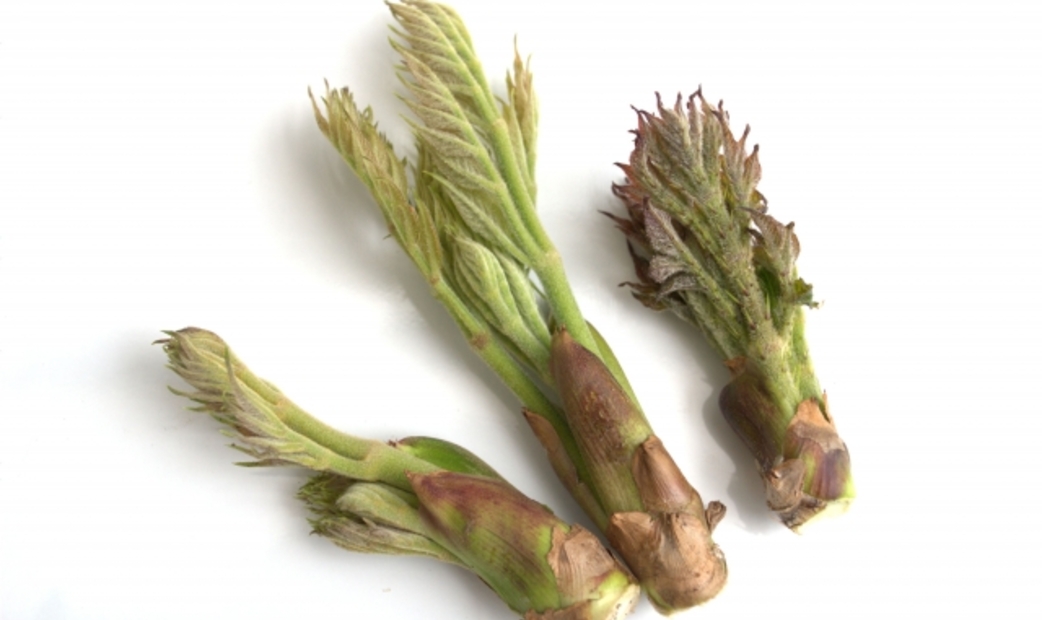
The sprouts of the Japanese angelica plant are ready to eat when they've grown to about 5 cm in height. Once they reach adulthood, their shrubby trunks will be covered in spines and troublesome to harvest or prepare. However, in this juvenile stage tara no me offer an earthy, mild flavor and yielding bite. The sepals of steamed tara no me can be peeled off one by one, but usually they appear whole. Thanks to their similar texture and mild flavor, tara no me are sometimes considered a Japanese counterpart to asparagus in spring recipes.
Nanohana (Canola Blossoms)
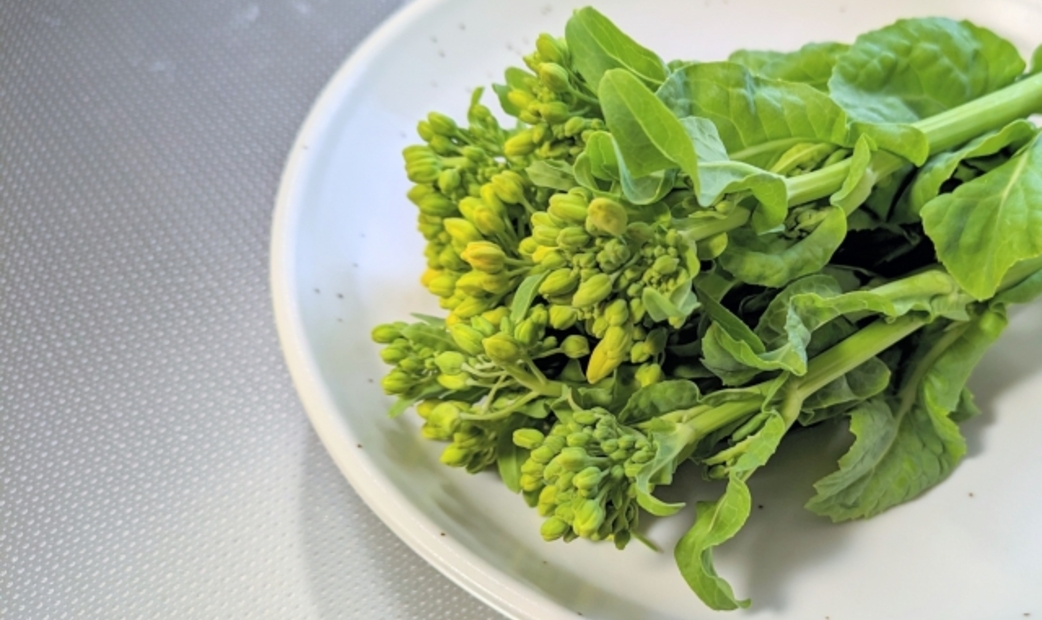
Topped with barely-there yellow buds or pearly green nodules that will continue to develop if left to mature, the soft-stemmed nanohana looks similar to broccolini. Nanohana is theoretically the immature canola flower or rape plant, but a variety of cruciferous (brassicaceae) vegetable flowers are used as and called nanohana. These include turnip, cabbage, and brown mustard. Each species offers its own qualities and benefits.
Sakura
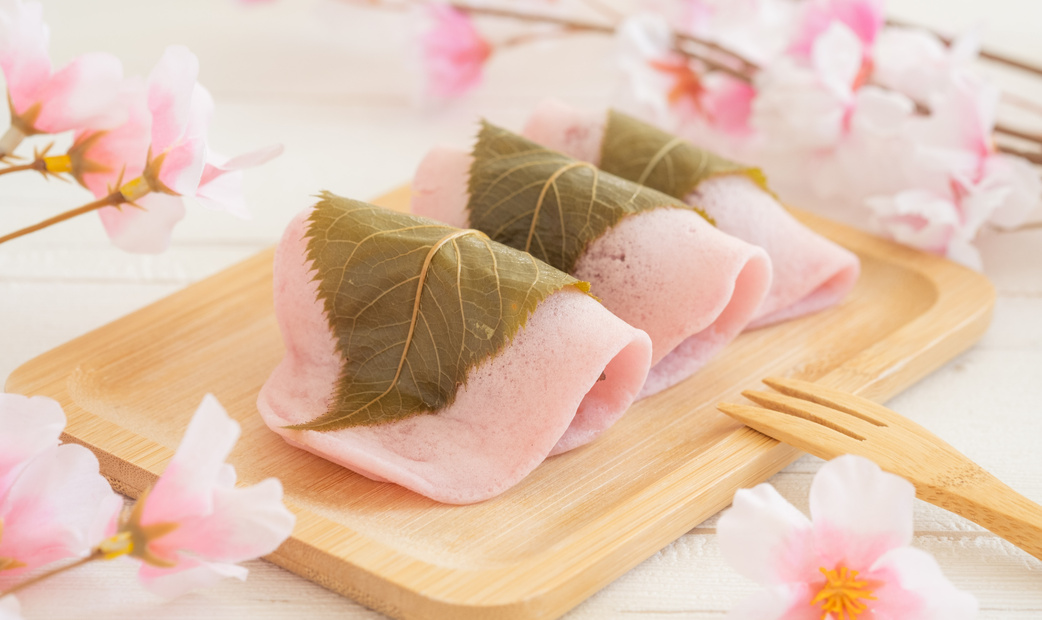
Sakura bloom from late February to early-mid April in much of Japan. Fresh cherry blossom petals are only available during this brief window. Sakura has a unique flavor, not at all similar to cherries but with surprising levels of sweetness and complexity. Cherry blossoms are preserved in salt or pickled to last all year. Leaves are pickled or powdered.These make for mature treats that balance sweet, salty, bitter, and earthy. Fresh sakura is floral and airy, offering shaved ice and cake an elegant pale pink and a mild flavor that is popular with all ages. Often paired with strawberry or green tea flavors, sakura is naturally quite mild on its own.
Yomogi (Mugwort)
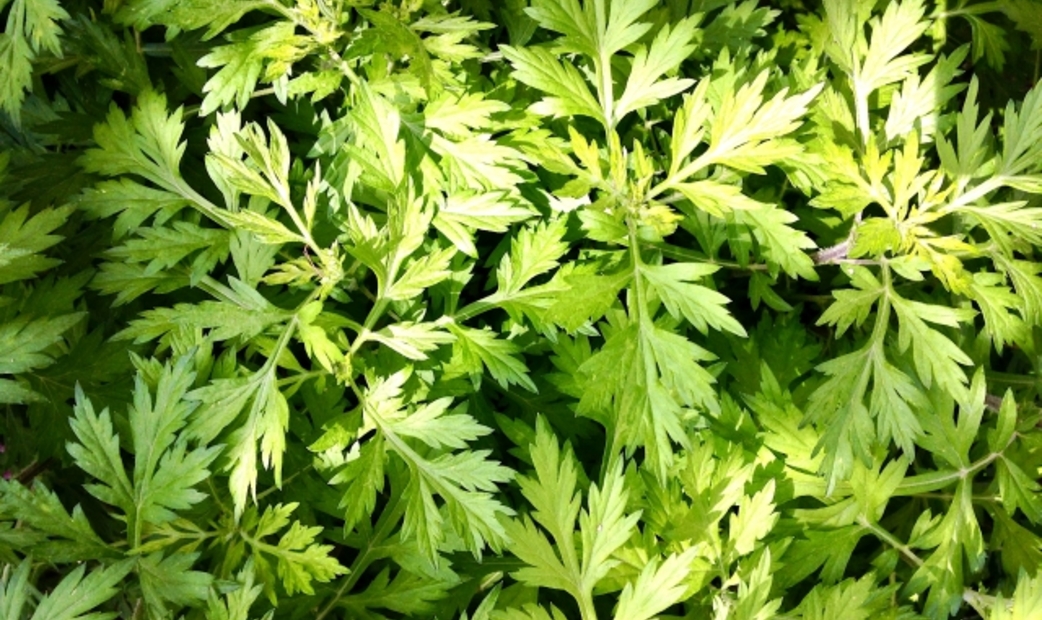
These plants, which grow plentiful and wild, fill the air with their scent even in suburban areas. They have been long used for medicine and herbal remedies. A bitter, pungent herb, yomogi is used throughout Asia in food and medicine. In Japan, it is commonly found in wagashi such as kusamochi -- glutinous rice flavored with yomogi. Its earthy flavor pairs well with adzuki, but it is also used in women's health as a hormone balancing remedy.
Seafood
The oceans and rivers of Japan are an invaluable food source that has been used for generations. Like vegetables, seafood is also dependent on annual shifts of current and temperature.
Hotaru Ika (Firefly Squid)
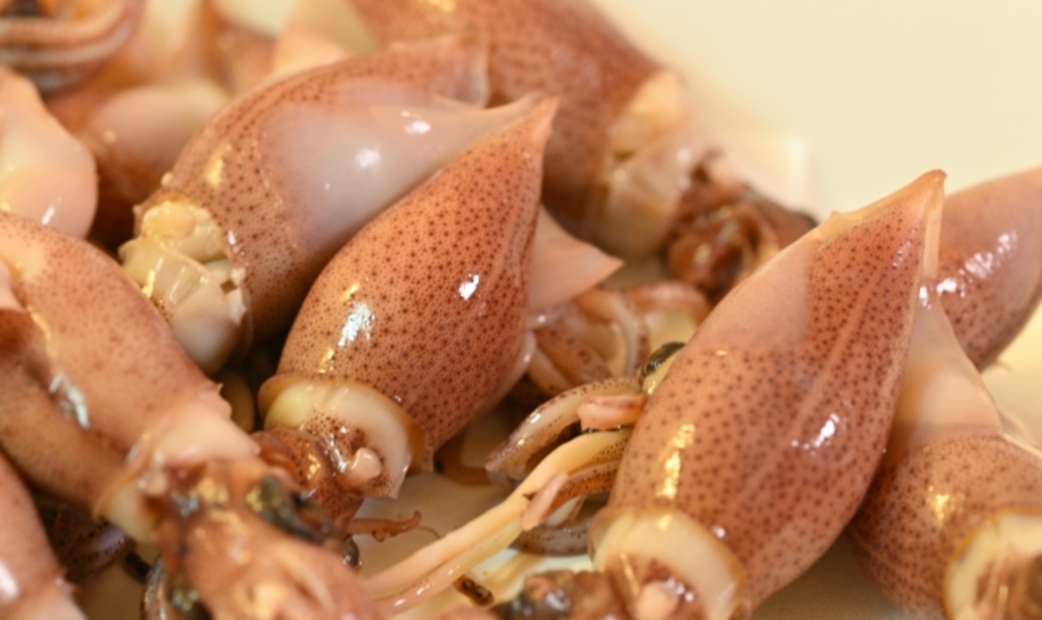
Toyama prefecture is the most well known production region for these pinky-length squid. When heated, they become a mauve red-puple with attractive speckles. Occaisonally, high end restaurants will serve them cleaned, removing the polarizing umami of their innards. Many local diners consider the flavor of "squid guts" (affectionately) to be the hallmark of these little cephalopods. Pliant and meaty, with a tiny crunch of cartilege, they are usually eaten whole or minced for drinking snacks. Find them in takikomi gohan or other warm dishes. Washoku restaurants near fishing centers will sometimes put on a display of raw or live hotaru ika before serving, displaying the beauty and freshness of the ingredient while they are still transparent and glowing.
Hamaguri Clams
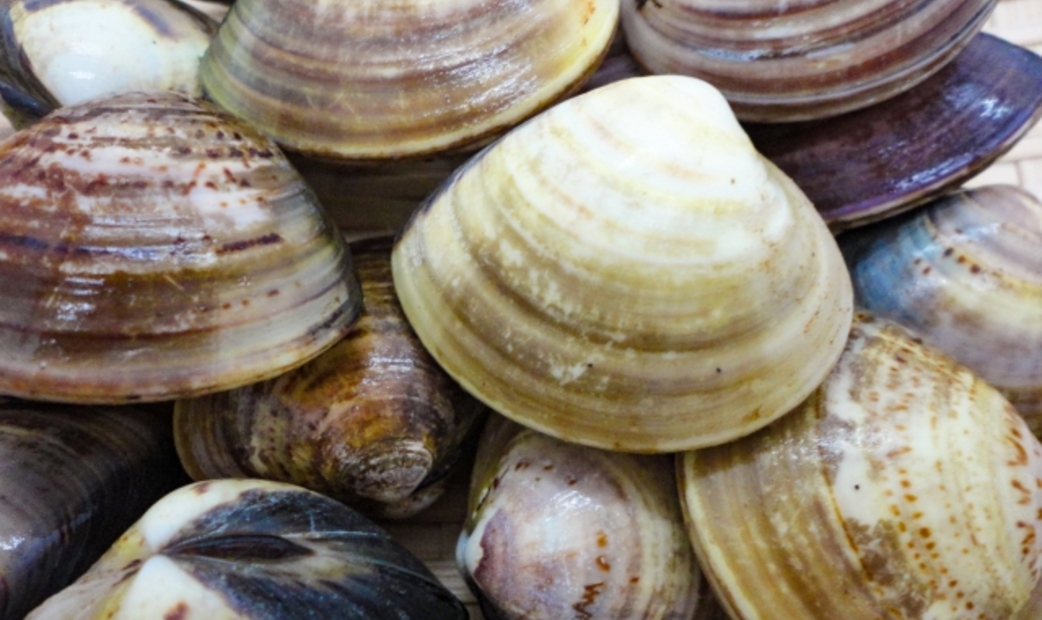
In season from February to April, they are used as part of Girl's Day celebrations in March and become a dashi staple in Spring shirumono. The abductor and body can swell to the size of a child's palm and offer an impressively sweet flavor that turns broths milky-white. At washoku restaurants, expect elegant knife work to transform these shellfish into tiny sculptures. A simple sake steam releases the sweet broth within, which is packed with natural umami and marine quality. The best hamaguri are served simply, allowing diners to savor the natural sweetness of their broth. They are also considered a symbol of successful marriage and feature in pottery as an important motif.
Sakura Ebi

Sakura ebi are tiny shrimp, eaten whole. They add a textural dose of the ocean to pastas and chawanmushi. These shrimp, which can only be caught in Shizuoka and have two annual seasons in spring and fall, retain the sweet, plump texture of traditional shrimp while providing the fun crunch of carapace. They are found around sakura season and become a bright pink-orange after cooking, both of which lend themselves to "cherry blossom shrimp," though the color is credited for this naming.
Amadai (Tilefish)
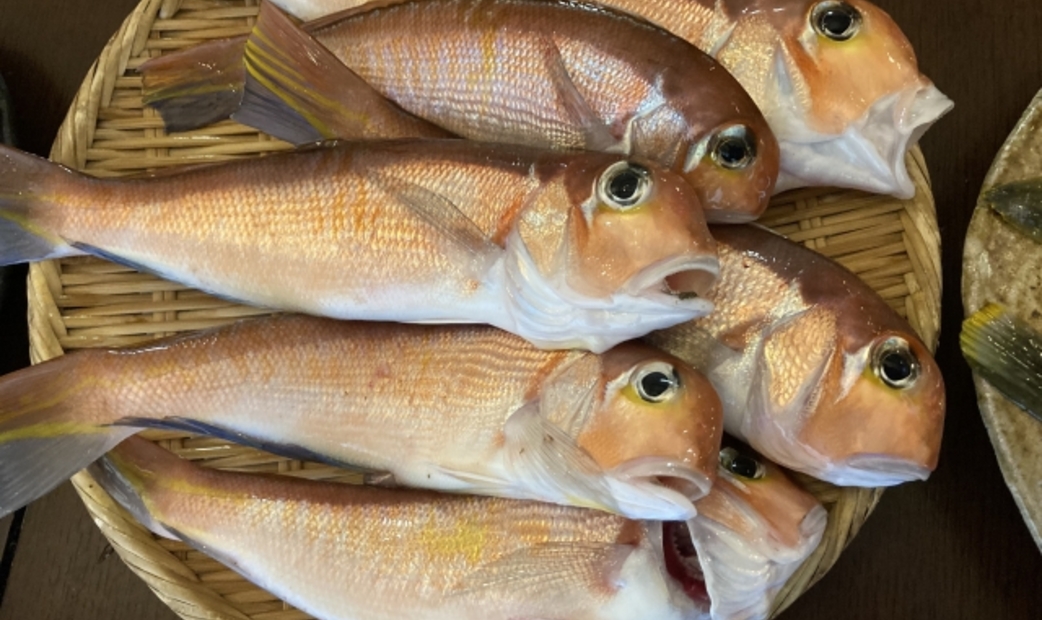
Amadai are in season from late fall until the end of spring. They are an iconic candidate for kyoyaki, a marinated, salty-sweet grilling style. These fish are also used for scale-on frying (Matsukasa-yaki) as seen in some of the nation's most highly awarded restaurants, including Three Michelin Star Sezanne. Their skin is cream to pink with white flesh and a sweet flavor. They may be served cooked or as nigiri neta or sashimi.
Sayori (Japanese Halfbeak)
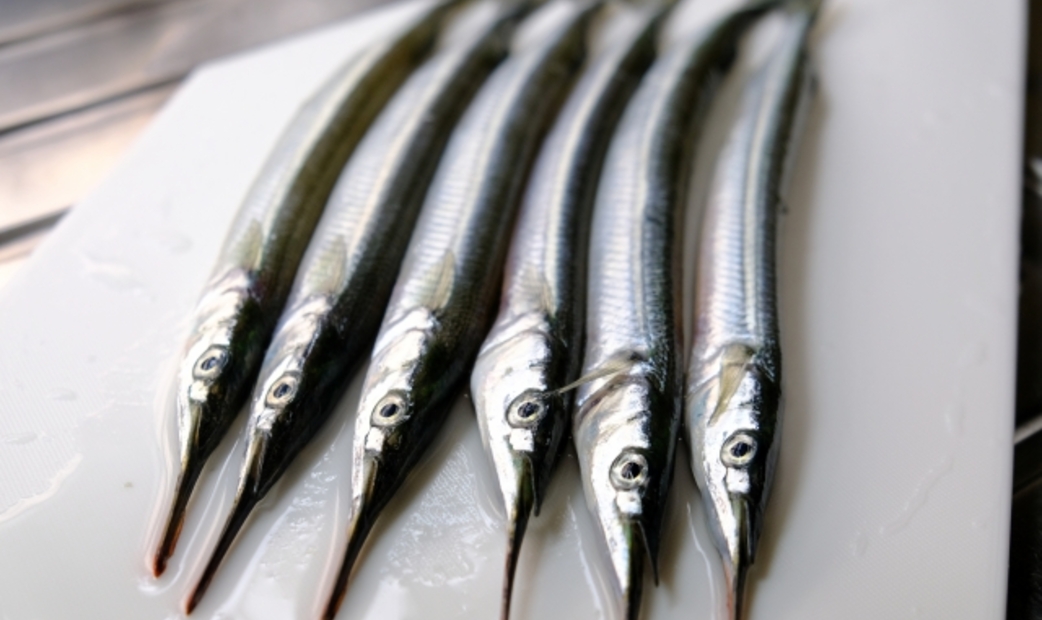
Sayori are thin fish with a jutting lower jaw. They are in season from February to May, with another season in autumn. As nigiri sushi, they may be preserved as kobujime, where the proteins of konbu impart flavor while changing the texture of the fish. Sayori are a silver skinned fish with translucent flesh, but they pack an impressive flavor. They have been used since the Edo period and are an important historical neta in Edomae sushi. Because they are delicate and don't age well, sayori traditionally were served with vinegar or kobujime preservation, but now they can be served raw.
Final Words
Of course, there are many other fantastic seasonal ingredients that appear on menus throughout Japan during Spring and Early Summer. Of these, we have only selected a few of the most commonly encountered. We invite you to dive into the amazing seasonality of Japanese cuisine firsthand to discover the rest.

.jpg)